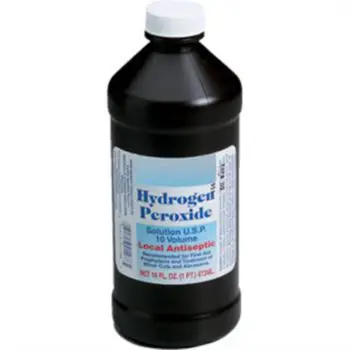

If you have ever used hydrogen peroxide to disinfect a cut, you may have also noted some bubbling since blood can decompose hydrogen peroxide into oxygen and water. And that is why hydrogen peroxide foams when poured onto liver. It breaks the peroxide down into oxygen and water. Still, it does present a risk and this is where catalase enters the picture. Sometimes during these reactions an electron is transferred to oxygen, converting it into a highly reactive “superoxide” ion that attacks and rips other molecules apart.īut we have evolved a defence system, in this case an enzyme called “superoxide dismutase” that gets rid of superoxide by converting it into hydrogen peroxide, which although potentially dangerous, is less dangerous than superoxide. Electrons are the “glue” that hold atoms together in molecules, and all sorts of electron transfers occur between molecules when they engage in the numerous chemical reactions that go on in our body all the time. We can’t live without it, but it also hastens our demise by playing a role in the aging process. To protect itself, the body makes catalase, the enzyme that decomposes hydrogen peroxide before it can form hydroxyl radicals.Īctually, the formation of hydrogen peroxide in cells is an attempt by the body to protect itself from an even more dangerous substance, superoxide. It can break apart to yield hydroxyl radicals that attack important biochemicals like proteins and DNA. But why should liver contain an enzyme that helps degrade hydrogen peroxide? Because hydrogen peroxide actually forms as a product of metabolism and can do some nasty things.

Enzymes are special protein molecules that speed up chemical reactions.


 0 kommentar(er)
0 kommentar(er)
